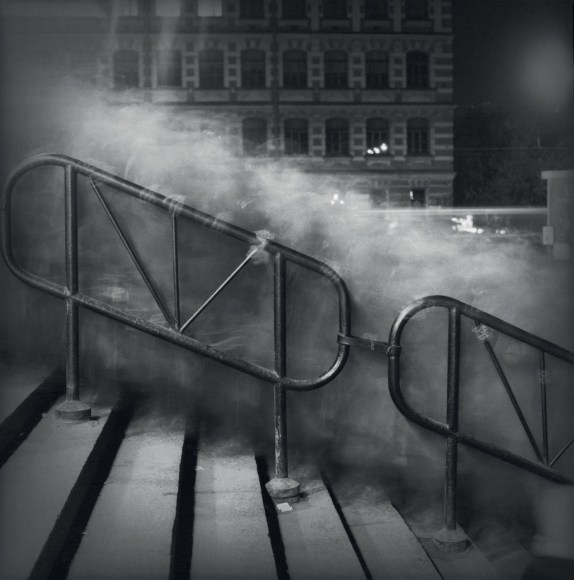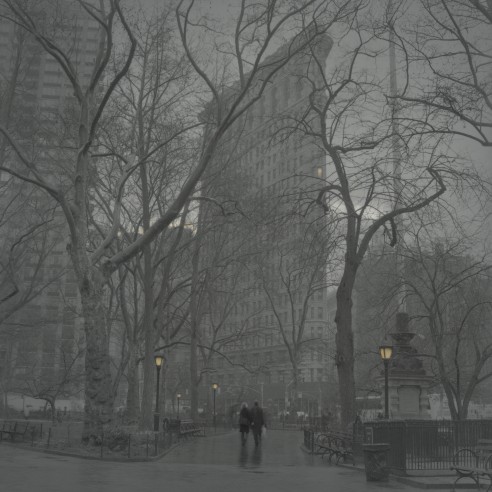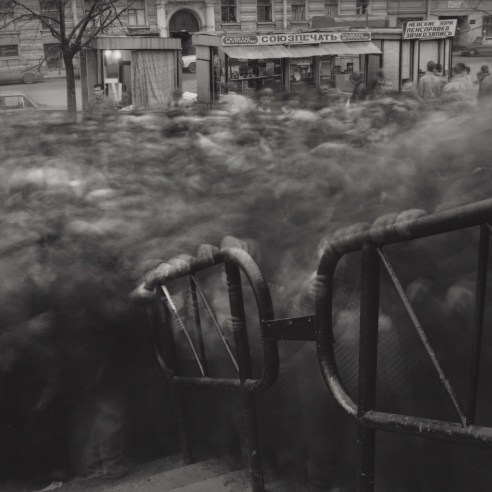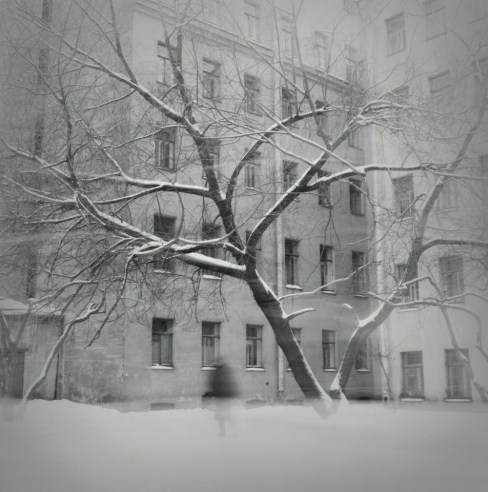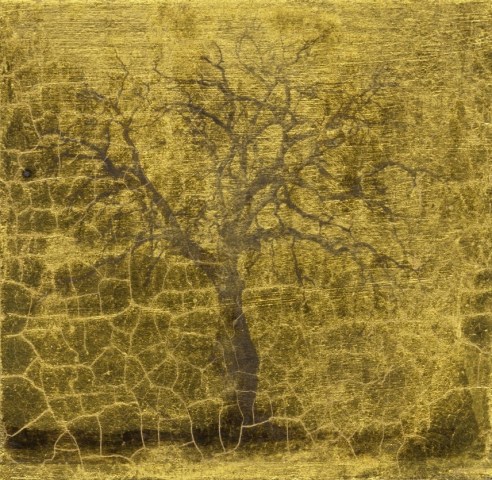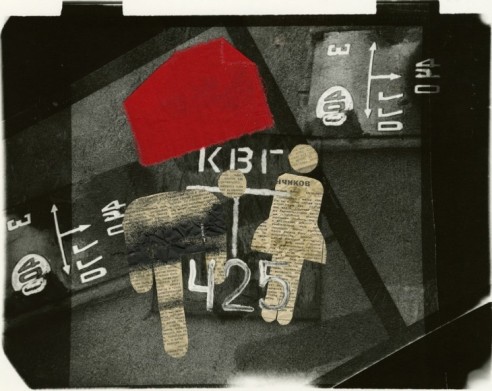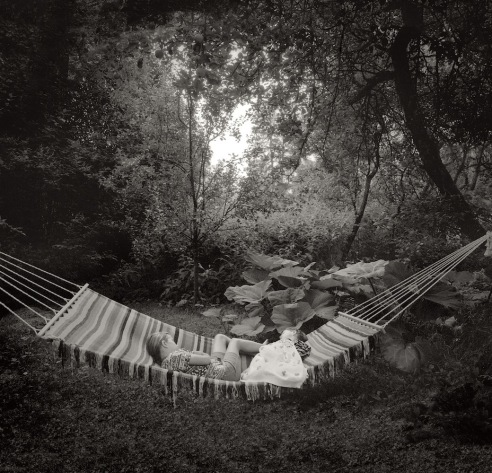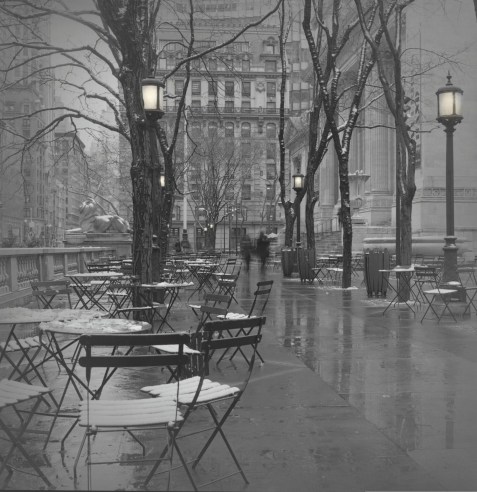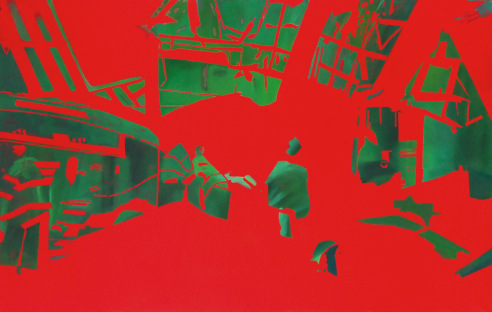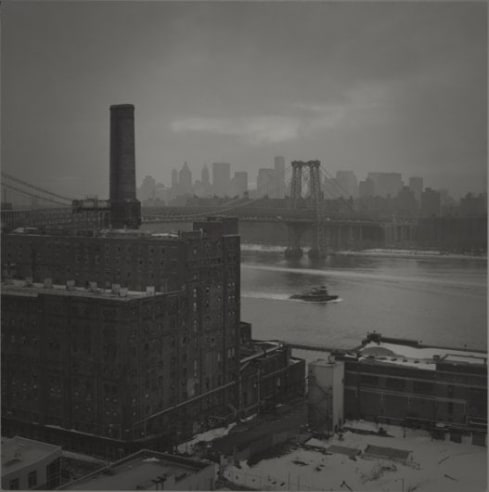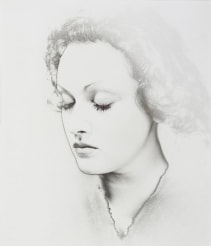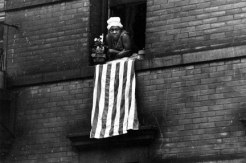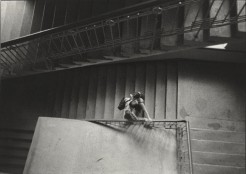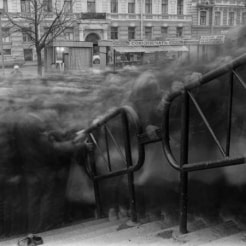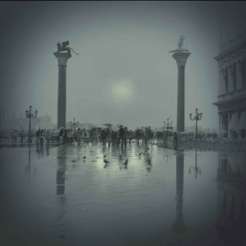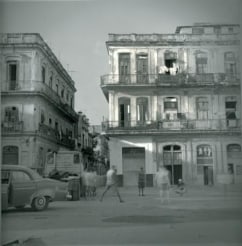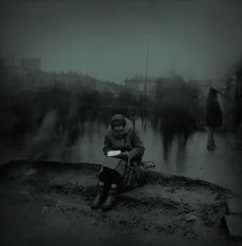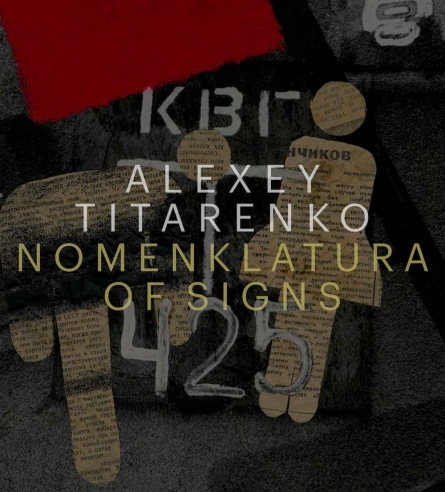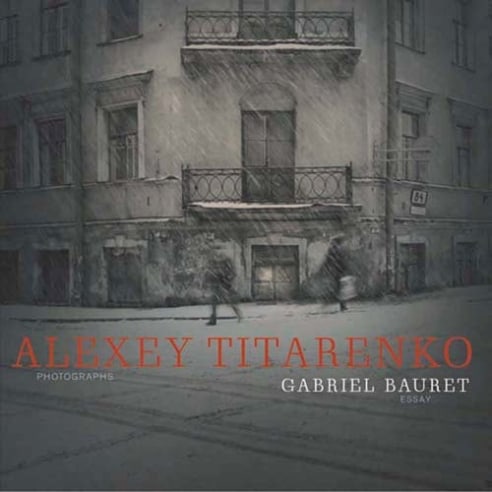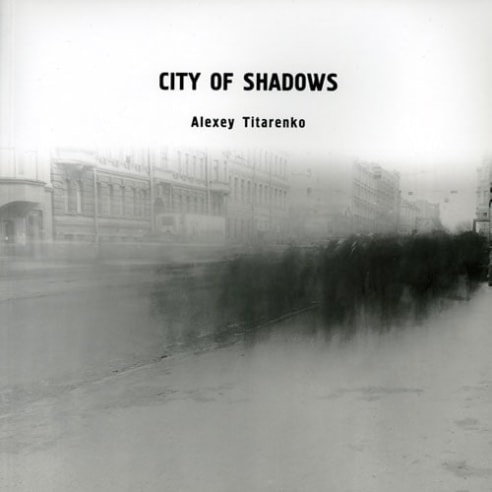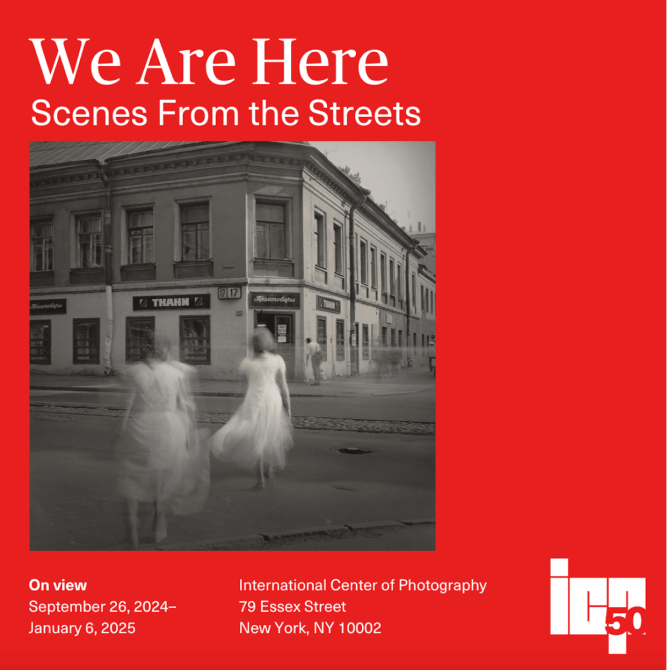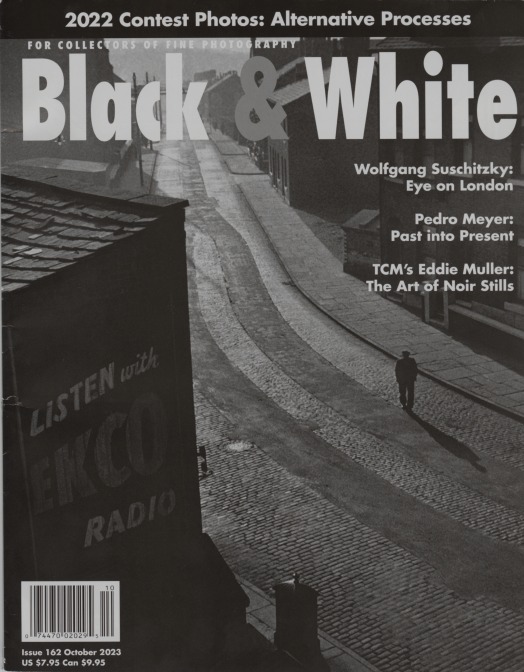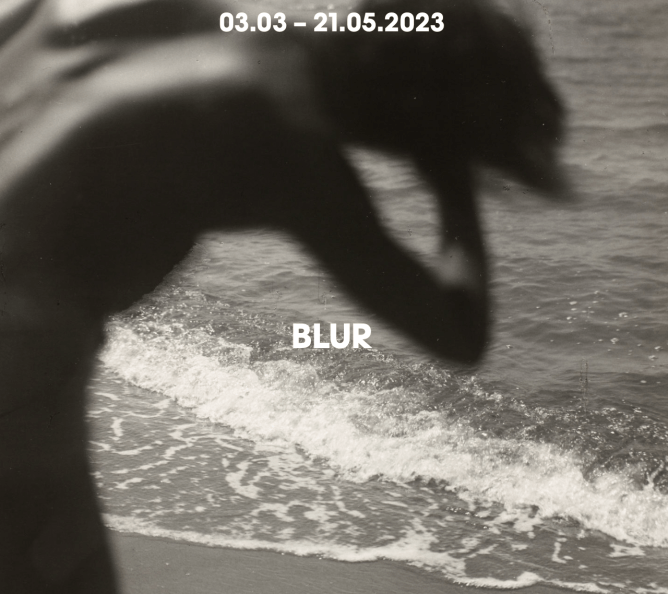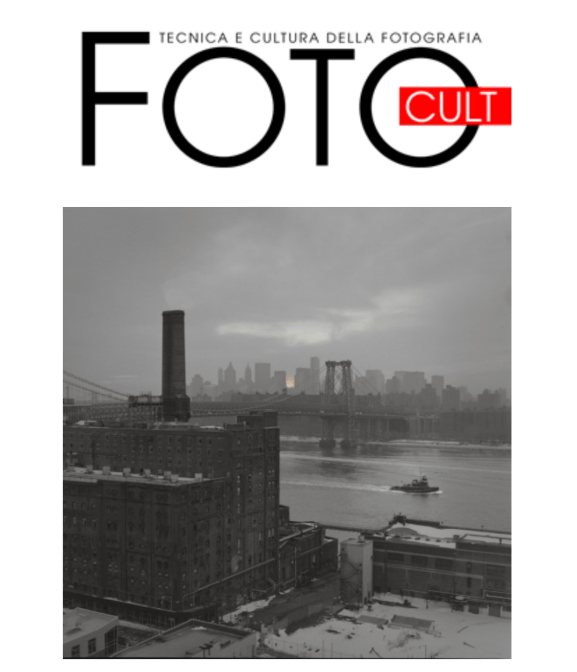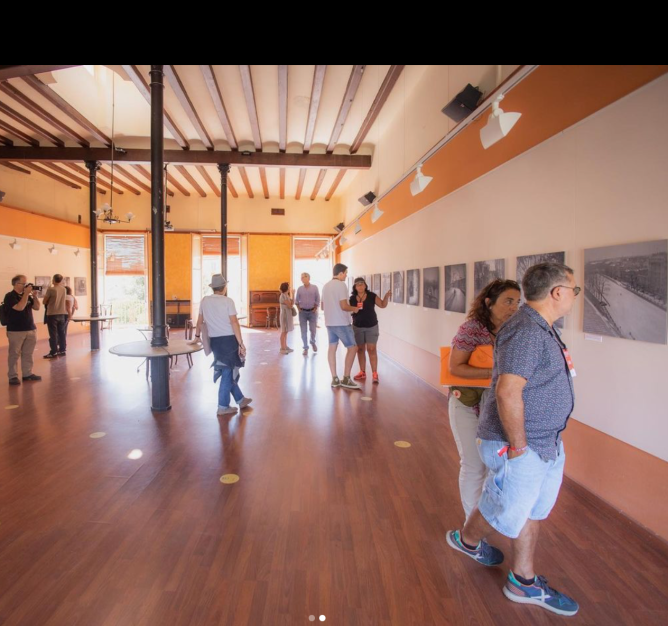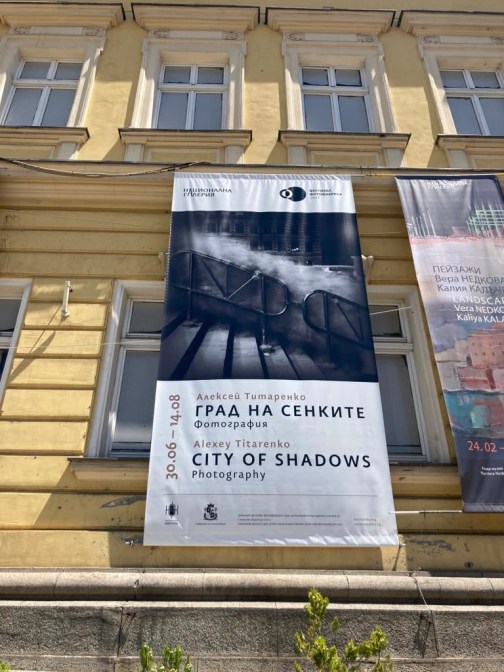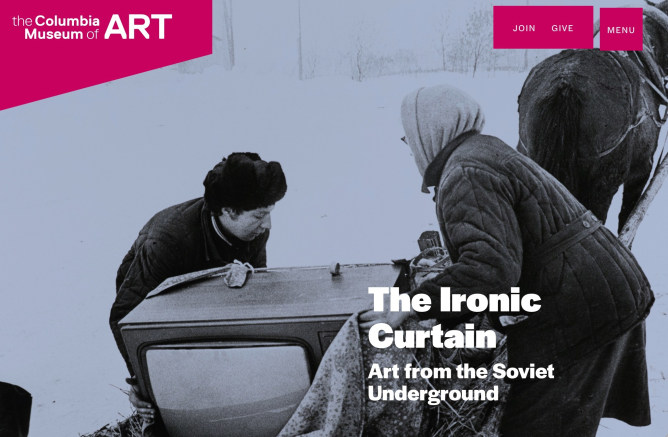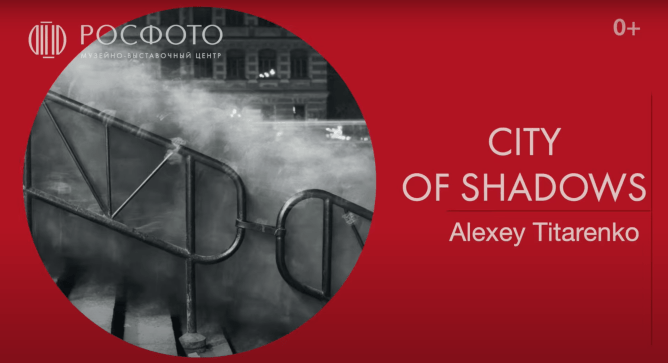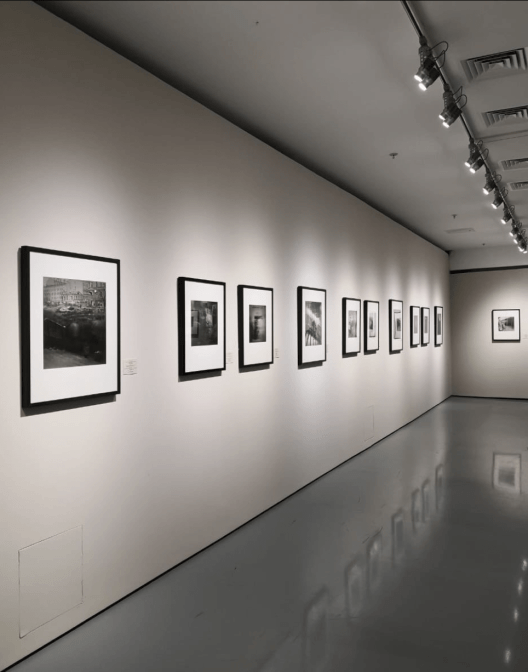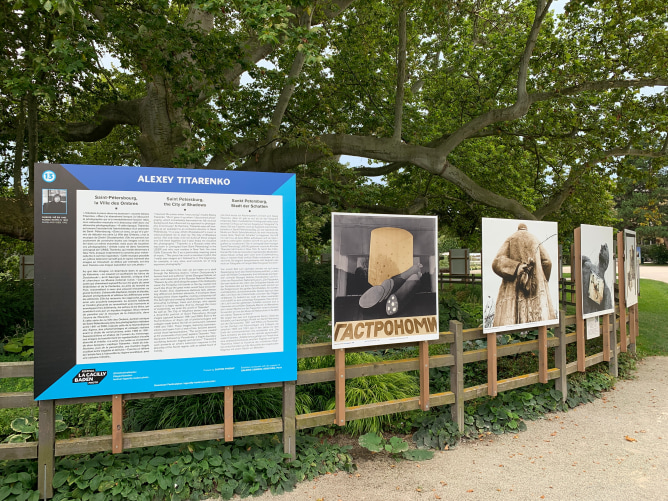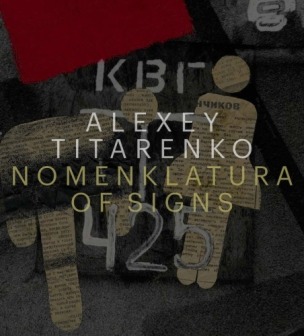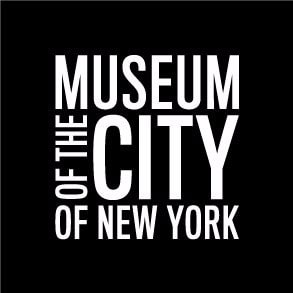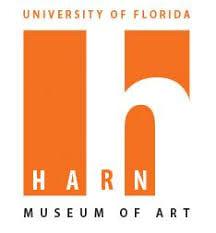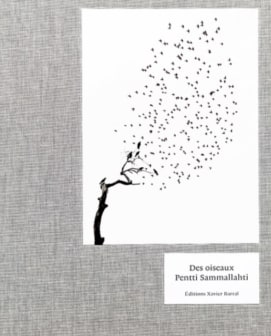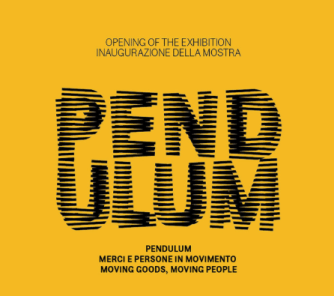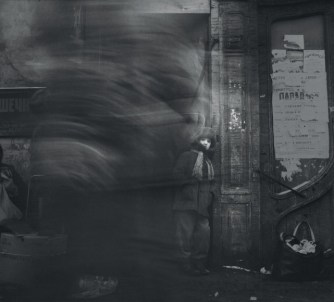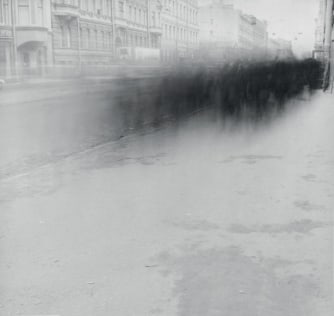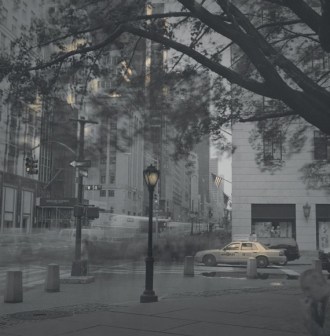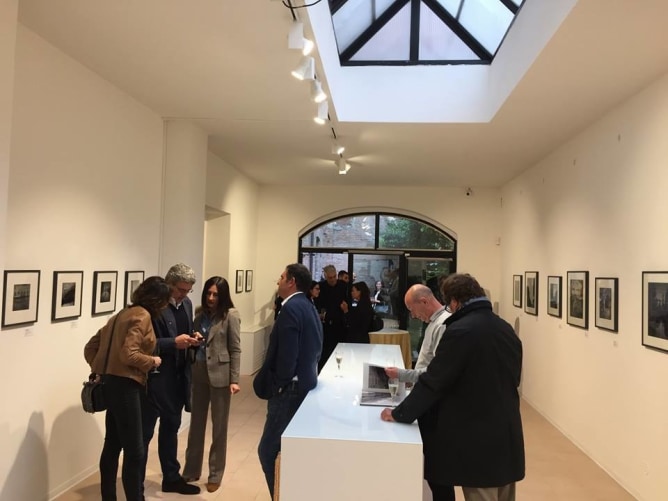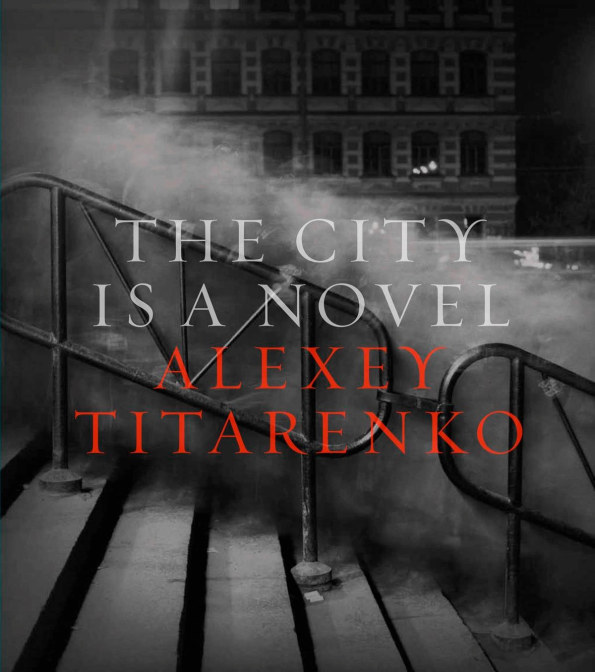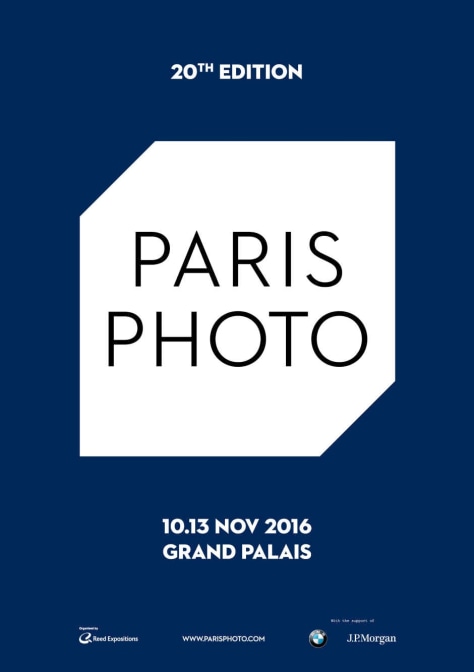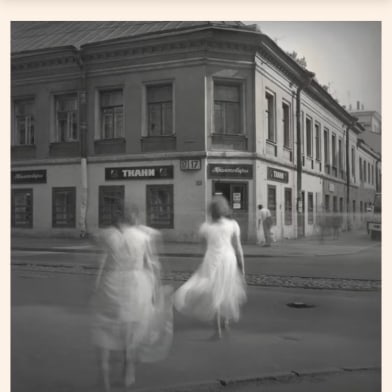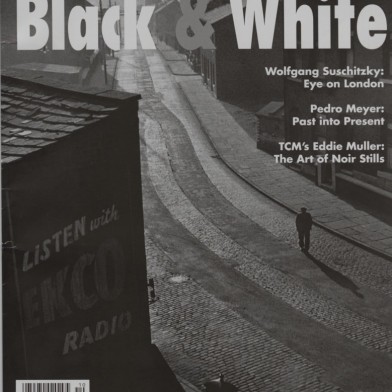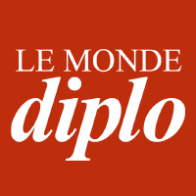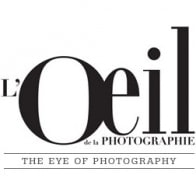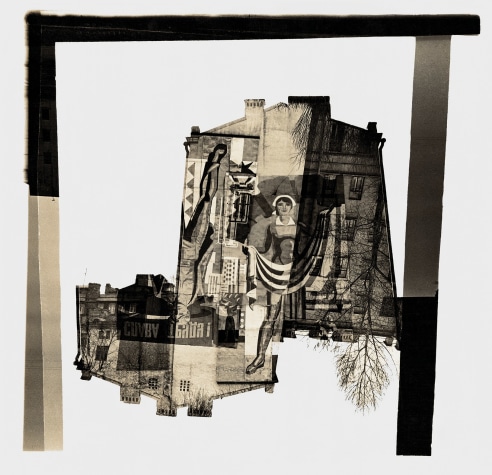
Click here to read Titarenko’s essay City of Shadows, published in The City is a Novel (Damiani, 2015), in which he describes his coming-of-age as an artist, the social and political context of his work, and some of his greatest influences, in particular Dostoyevsky and Shostakovich.
Born in 1962 in Leningrad, present-day St. Petersburg, Titarenko began taking photographs at a young age and studied in the Department of Cinematic and Photographic Art at Leningrad’s Institute of Culture. He had his first professional success with his series Nomenklatura of Signs (1986-1991), a biting critique of the Soviet bureaucracy that drew on the aesthetics of Kazimir Malevich, Aleksandr Rodchenko, and other artists of the early 20th-century Russian avant-garde. Working in secret, Titarenko conceived the series as a way to translate the visual reality of Soviet life into a language that expressed its absurdity, and to expose the Communist regime as an oppressive system that converted citizens into mere signs. In 1989, Nomenklatura of Signs was included in Photostroyka, a major show of new Soviet photography that toured the United States.
Titarenko rose to international prominence in the early 1990s for City of Shadows, a series of photographs of his native city made in the aftermath of the fall of the Soviet Union and inspired by the music of Dmitri Shostakovich and the novels of Fyodor Dostoevsky. Titarenko’s application of long exposures, intentional camera movement, and expert printmaking techniques to street photography produced a powerful meditation on an urban landscape still suffused with a history of suffering. In the decade that followed, his pursuit of the city of his youth led him as far afield as Venice — St. Petersburg has been called "the Venice of the North" due to its canals and to the influence of the European architects who helped build the city — and Havana, whose streets and buildings remain frozen in the Soviet era.
In recent years, Titarenko has turned his lens toward a very different city: New York. In this work, Titarenko brings his longstanding concerns with time and history to bear on a relatively young city known for its relentless, headlong pace. Titarenko’s distinctive long exposures and selective toning highlight the way that architecture not only gives form to the lives of a city’s inhabitants, but also stands as an embodiment of its history. Even in New York, time stands still, if just for a moment: in the defunct fire alarm boxes still posed on busy street corners; in turn-of-the-century façades adorned with the multivalent, overlapping signage of the modern era; and in buildings like the Domino Sugar Factory, a powerful example of the city’s rich past meeting its implacable present.
In 2015, Titarenko’s first monograph, The City is a Novel, was published by Damiani and selected by The Wall Street Journal as one of the best photobooks of the year. For Titarenko, the city not only shapes and influences each individual’s mindset and point of view; it is also a creative force, the stage for narratives in which each of us becomes his or her own distinct character. As he writes in the book, “Universal emotions perpetuated during the last century…constitute the main themes of my photographs, to the extent of transforming the most documentary among them into elements of a novel — not reportage, but a novel, whose central theme is the human soul.”
Titarenko creates each print by hand in his darkroom, producing a rich, subtle range of tones that renders each piece unique. Such masterful printing is particularly suited to Titarenko’s longtime interest in water and its relationship to the city, bringing out the texture and reflective quality of snow, rain, clouds, and urban harbors and waterways, and infusing each image with moisture and light.
Titarenko’s photographs have been shown in over thirty solo exhibitions and over forty group exhibitions around the world. His work can be found in the collections of the Baltimore Museum of Art; the Columbus Museum of Art; the Chrysler Museum of Art, Norfolk, VA; the Museum of Fine Arts, Boston; the Middlebury College Museum of Art, Middlebury, VT; the Museum of Fine Arts, Denver; the Museum of Fine Arts, Houston; the Museum of the City of New York; the Museum of Photographic Arts, San Diego; the Santa Barbara Museum of Art; the J. Paul Getty Museum, Los Angeles; the Philadelphia Museum of Art; the George Eastman House, Rochester; the Yale University Art Gallery, New Haven; the Zimmerli Art Museum at Rutgers University, New Brunswick, NJ; the Bibliothèque Nationale, Paris; the European House of Photography, Paris; the Musée Réattu, Arles; the Musée de l’Elysée, Lausanne; the Centre National de l'Audiovisuel, Dudelange, Luxemburg; the Multimedia Art Museum, Moscow; and the State Russian Museum, St. Petersburg, among other museums.
Alexey Titarenko lives and works in New York City. His second major publication, Nomenklatura of Signs, was published by Damiani in 2020 and presents the titular body of work in its entirety for the first time.

